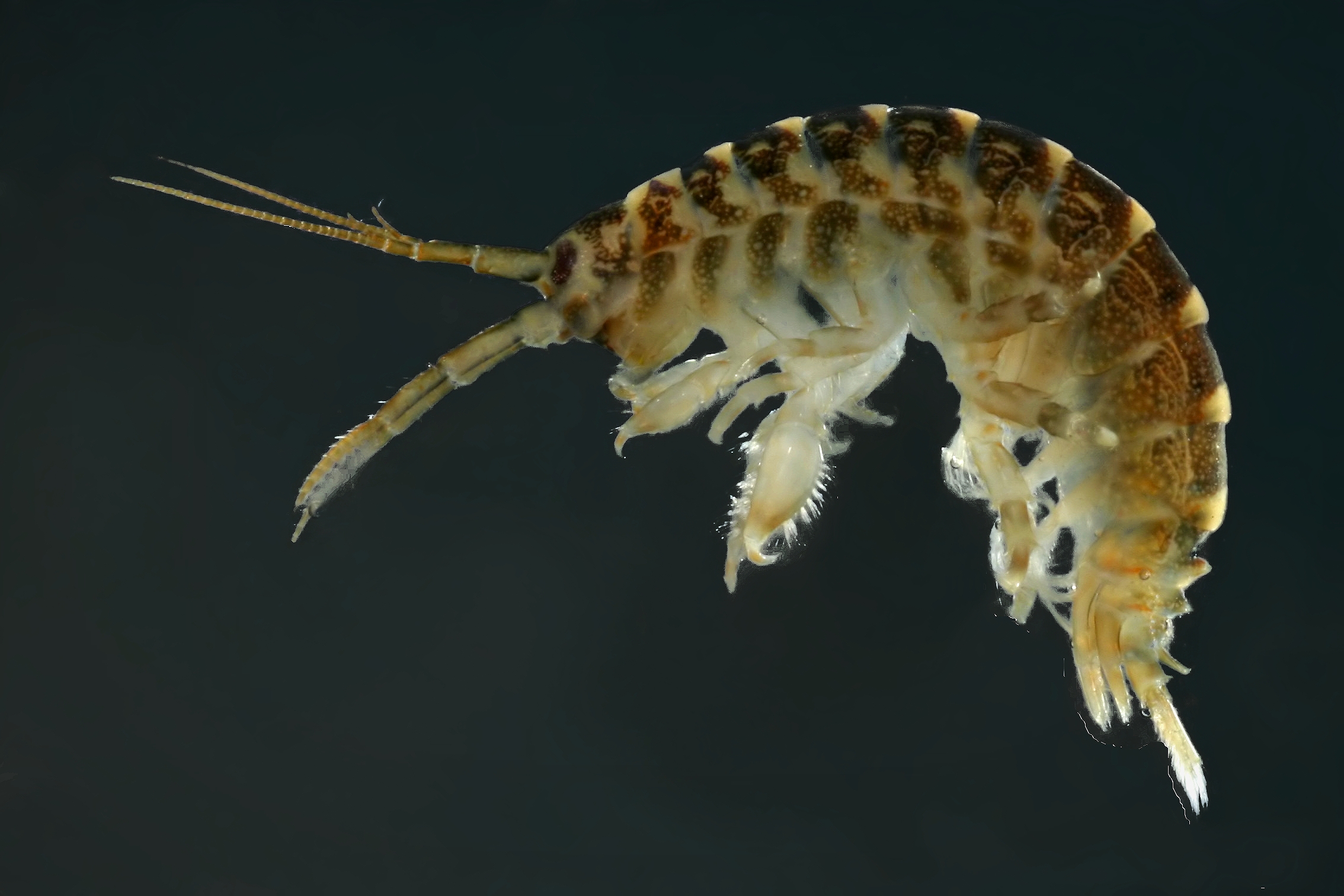
Is a new invasive species coming to a Great Lake near you?
According to a recent study by scientists from McGill University and colleagues in Canada and the United States, the Great Lakes remain vulnerable to the threat of aquatic invasive species. If no new regulations are enforced, the study says, they predict new waves of invasions and identify some species that could invade the Lakes over the next 50 years.
Over the past two centuries, more than 180 non-native species have been recorded in the Great Lakes and the rivers that flow into them, with 20 percent of these considered harmful ecologically and economically. New threats are emerging because of risks associated with trade in live organisms (importation of live animals and plants for food markets) and climate change, researchers say in the study, which was published in the Journal of Great Lakes Research.
“No new species have been recorded since 2006,” says Katie Pagnucco, PhD student at McGill and lead author of the study. “We may have closed the door on ballast water-mediated invasions. That remains to be seen. But other doors are still open.”
Species at risk of invading the Great Lakes include the killer shrimp and monkey goby, both originating from the region around the Black Sea.
“Invasions are a transboundary issue,” says McGill professor Anthony Ricciardi, an invasive-species biologist who supervised the study. “In addition to harmonized regulations on live trade, the two countries must coordinate early detection and rapid response to new threats – before an invasion has progressed beyond control.”
Killer shrimp photo by Michal Grabowski


